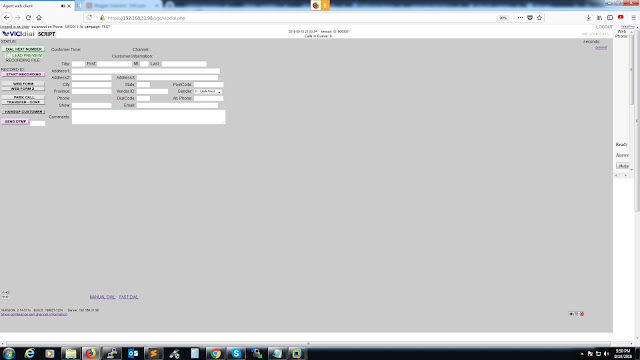1. Cleanup and defrag
Yes, I know, the good old cleanup and defrag. But seriously, you can’t expect your computer to be fast if it’s cluttered with junk and has file fragments scattered all over the hard drive.
Windows XP has built-in disk cleaner and disk defragmenter. To access the Disk Cleanup tool, go to Start –> (All) Programs –> Accessories –> System Tools –> Disk Cleanup. And if you want to use the Disk Defragmenter, go to Start –> (All) Programs –> Accessories –> System Tools –> Disk Defragmenter.
However, a lot of people prefer using third-party defrag utilities, like Auslogics Disk Defrag or Piriform Defraggler, because the built-in XP one is pretty slow and doesn’t do a very thorough job.
2. Uninstall programs you never use
A lot of people love trying out new software. So, they download programs, install them, run them a couple of times, and… sometimes never use them again! Sounds familiar, doesn’t it? Having too many programs can make your computer really slow, not to mention the amount of hard drive space they take up.
To see currently installed programs, go to Start –> Settings –> Control Panel –>double-click Add/Remove Programs. Review the list and uninstall programs you never use.
If speed is your top priority, it’s recommended to adjust XP appearance settings for best performance. Visual effects that we are so used to waste system resources. And if you think that it’s only the graphics card that has to deal with them, you’re wrong – CPU and RAM are affected as well.
Luckily it’s very easy to optimize XP for best performance by turning off unneeded visual effects:
Go to Start –> Settings –> Control Panel;
- In the Control Panel clickSystem and go to theAdvanced tab;
- In the Performance Options window select Adjust for best performance;
- Click OK and close the window.
This will turn off all visual effects, which is especially good for less powerful PCs and netbooks. But if you want Windows XP to look sleeker, leave the following boxes checked:
- Show shadows under menus;
- Show shadows under mouse pointer;
- Show translucent selection rectangle;
- Use drop shadows for icons labels on the desktop;
- Use visual styles on windows and buttons.
4. Speed up Windows Explorer
If you feel that Windows Explorer takes too long to start, there is a way to speed it up. Windows automatically looks for network files, shared folders, and devices every time you open Explorer. Disabling this option will speed up access to Windows Explorer. To do it:
Open Windows Explorer;
- Click on the Toolsmenu;
- Then click on Folder Options;
- Click on the Viewtab;
- Find Automatically search for network folders and printers check box and uncheck it;
- Click Apply, then click OK;
- Reboot your computer.
5. Disable indexing
Indexing can be useful, but it can also make your computer slow and loud, as it takes up RAM and makes the hard drive thrash. The indexing service is used to update the lists of all files on your computer to speed up file search. Disabling indexing will make your search a bit slower, but overall it will speed up computerrunning XP. Here’s how:
- Go to Start –> Settings –> Control Panel;
- Double-click Add/Remove Programs;
- Click Add/Remove Windows Components;
- Uncheck Indexing Services;
- Click Next and then click Finish.
To gain an even better speed improvement, you should consider using third-party programs, like Auslogics BoostSpeed. The program allows you to easily tweak hundreds of hidden Windows setting, as well as perform crucial system maintenance tasks to speed up your computer.


0 comments:
Post a Comment